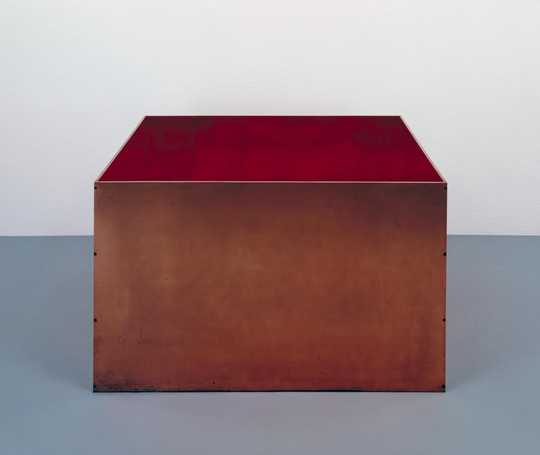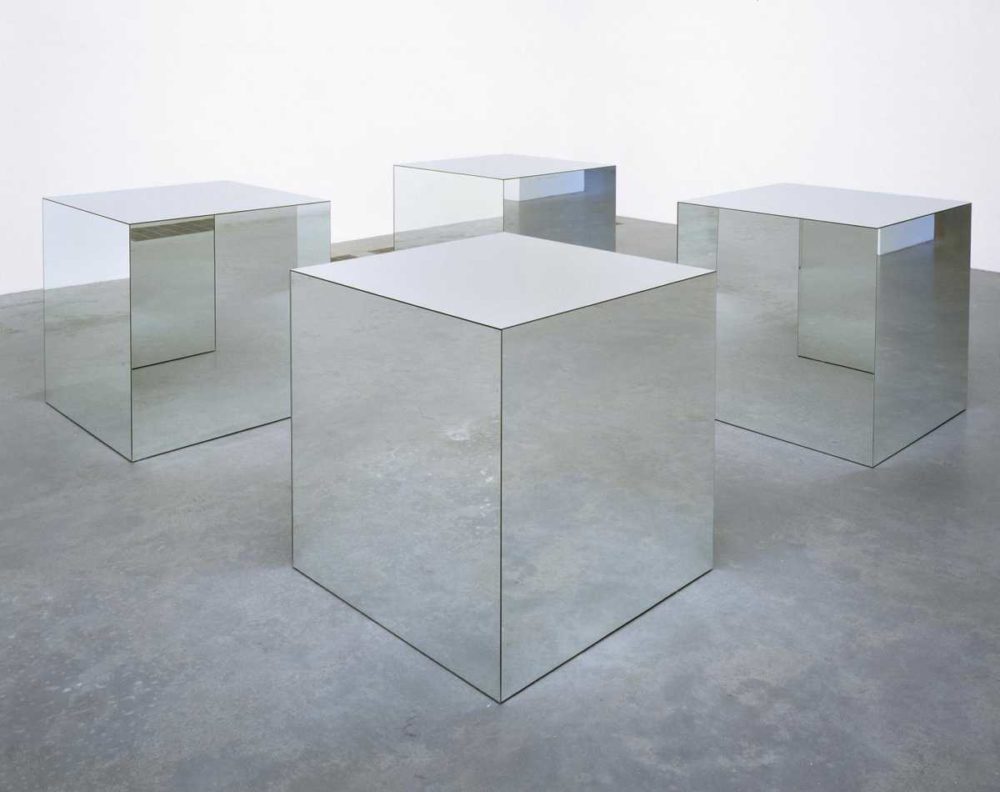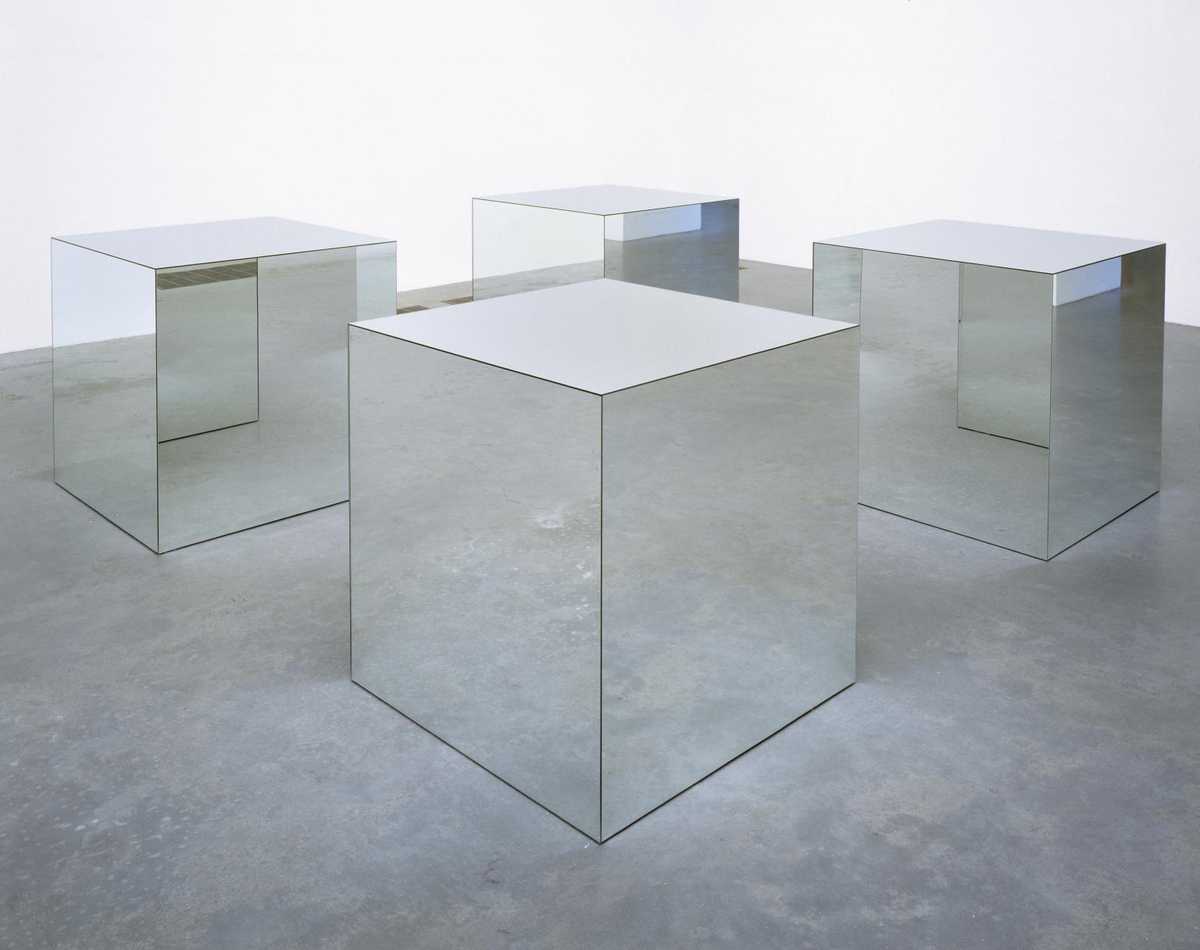I chose to do more research on the Minimalism aesthetic. I chose this because I have always found this style interesting because it translate into art, interior decor, architecture, and art. While doing research I found that this aesthetic first emerged in the early 1960’s and had a big following for the decade. It had died down for while as different aesthetics started to appear. It has slowly started to become a lot more popular recently within architecture.
According to the TATE website the artist Frank Stella made this style very popular as their Black Paintings were exhibited at the Museum of Modern Art in New York in 1959. The aesthetic flourished from 1960 to 1970 with other artist such as Carl Andre, Dan Flavin, Donald Judd, Sol LeWitt, Agnes Martin and Robert Morris. These artist were considered to be some of the most important innovators. From seeing a couple of images of their art i can see why a resemblance between them as most of them used one material to their displays and it was a lot of square shapes as well. According to the MasterClass website, there is about four characteristics within the minimalism aesthetic. the first characteristic said is simplicity, this is pretty obvious when looking art the style. the second is literalism, this means that ” what you see is what you see.” the next one is awareness which means that the aesthetic is supposed to downplay the art and bring awareness to the surrounding area. the last characteristic is repetition because many forms of minimalism show repetition of either shapes, colors, or patterns.
It is said that this aesthetic came about because artist at the time had believed that the current art had become stale and academic according to The Art Story website. Artist tried to avoid showing any emotions to stray from the art being over analyzed. The biggest art styles minimalism was trying to stray from was pop art that was a lot more popular in the 1960’s and abstract expressionism. The style was supposed to only show what it was, there was not supposed to be a deeper meaning it was only what you saw.
In my opinion the minimalism aesthetic has always been interesting because there has been instances where i have zero idea of what I am looking at and at times there is no explanation of what it is so you just have to accept it as something. I was not able to find what different style was influenced by the Minimalism aesthetic as it seems to be its own thing and go any further from “what you see is what you see” type of attitude.



References:
MasterClass. (2021). Minimalist art guide: 8 famous minimalist artists and artworks – 2023. MasterClass. Retrieved January 29, 2023, from https://www.masterclass.com/articles/minimalist-art-guide#AYS24PTY4kgHWnYauQdzO
Minimalism movement overview. The Art Story. (2021). Retrieved January 29, 2023, from https://www.theartstory.org/movement/minimalism/
Tate. (2021). Minimalism. Tate. Retrieved January 29, 2023, from https://www.tate.org.uk/art/art-terms/m/minimalism


1 Comment. Leave new
Its super interesting to me that minimalism was a response to “stale” and “academic” art. I think it’s interesting that things are mainly minimal on a surface level, but can be used for a lot of different things, maximizing functionality.